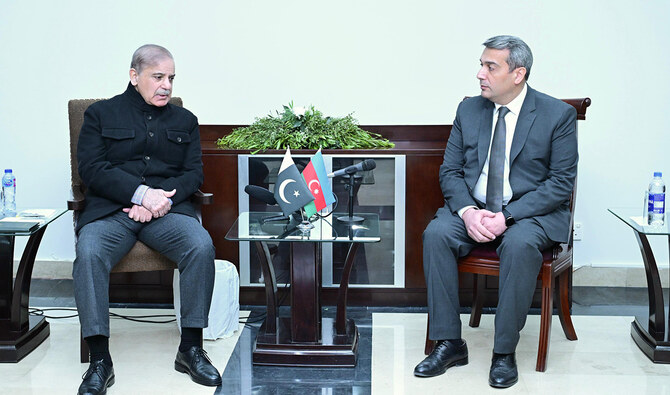ISLAMABAD: Pakistan’s power production hit a record high on Wednesday, energy minister Hammad Azhar said, but many parts of the country continued to face long hours without electricity despite supplies surging.
On Friday, citizens in several cities across Punjab, including Lahore, Multan, and Gujranwala, took to the streets to protest prolonged power outages that sometimes last as long as 24 hours.
While Azhar announced in a series of tweets that the country’s power production has reached 24,284 megawatts compared with 20,811 megawatts in 2018 when the current government took power, he admitted that the power system had limited transmission capacity.
“With our system reaching the limits of transmission capacity whilst generation capacity keeps growing, I have asked the power ministry and NTDC to note all transmission bottlenecks causing tripping,” he said, referring to the National Transmission and Despatch Company (NTDC) which Azhar said would help solve the issues by next summer.
With our system reaching the limits of transmission capacity whilst generation capacity keeps growing, I have asked the power ministry and NTDC to note all transmission bottlenecks causing tripping. By next summer InshAllah we shall be targeting to remove most. https://t.co/ensC8bKciG
— Hammad Azhar (@Hammad_Azhar) July 7, 2021
Electric power is not reaching some 26 percent of Pakistan’s 220 million population, according to World Bank data, even as the South Asian nation is boosting its energy capacity through large-scale construction of new power plants, most of which are funded under the $62 billion dollar China Pakistan Economic Corridor (CPEC).
The government drew criticism last year that its long-term energy plans were putting the country’s power system at risk of being locked into expensive long-term overcapacity.

















